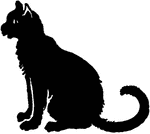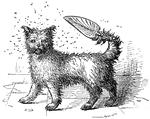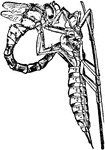Clipart tagged: ‘tail’

Acipenser
"Heterocercal tail of Acipenser. a, fulcra; b, osseous bucklers." — Encyclopedia Britannica, 1893
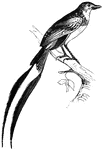
Tricolored Alectrurus
Native to South America, the tricolored alectrurus measures only six inches in length.

Anemone Coronaria
"A genus of plants of the natural order Ranunculaceae, having an involucre of three divided leaves,…
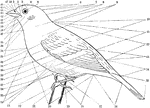
Topography of a Bird
"fig. 25 - Topography of a Bird. 1, forehead (frons). 2, lore. 3, circumocular region. 4, crown (vertex).…
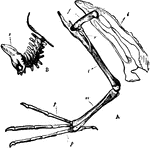
Diver Bones
"A. Pelvis and bones of the leg of the Leon or Diver; i, Innominate bone; f, Thighbone (femur); r, Tibia;…
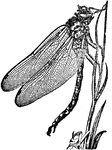
Dragonfly
"The perfect insect (the wings having acquired their full dimensions) resting to dry itself, preparatory…
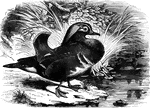
Mandarin Duck
The Mandarin duck, also known as the Chinese teal and the fan-tail duck, is domesticated in China and…

Savannah Flycatcher
Found in the southern United States, the Savannah fly-catcher is notable for its long, forked tail.
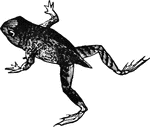
Frog with tail
Nearing the end of its development, a gradually shrinking tail is all that remains of the tadpole.
Hand-Vice
"Hand-vices are used in the manner implied by their name, without being attached to a bench like the…
Human Spermatozoa
"One of the numberless microscopic bodies contained in semen, to which the seminal fluid owes its vitality,…

Fork-Tailed Kite
"The fork-tailed kite, (N. furcatus) is twenty-five inches long; the wings and tail black;…
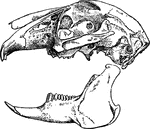
Lepus Timidus
"Terrestril Rodents, with imperfect clavicles, elongated hind limbs, short recurved tail, and long ears.…
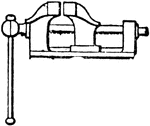
Parallel Vice
"The English parallel vice is little used except for small work." — Encyclopedia Britannica, 1893
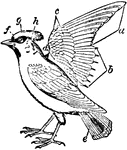
Plumage of Bird
"Plumage of Bird. Bohemian Chatterer (Bombycilla garrula). a, primaries; b, secondaries; c, coverts;…
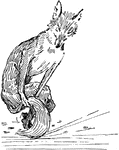
Reynard the Fox: Covering the Treasure
The father of Reynard the Fox sweeps the dirt with his tail over the hole where he hides his newfound…
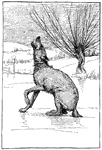
Reynard the Fox: Tricking Ereswine at the Lake
Reynard the Fox teaches Ereswine the wolf to fish with her tail. She fishes so long that her tail freezes…
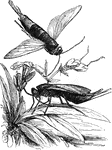
Sawfly
"On the continent of Europe the Sirex gigas often appears in immense numbers, and does great…
Spermatozoa of an Ape
"One of the numberless microscopic bodies contained in semen, to which the seminal fluid owes its vitality,…
Tail-vice
"The ordinary tail-vice used by mechanics has not yet been largely superseded, though many ingenious…

Generic Details of a Thrush
"Generic details of a Myiadestes townsendi (Townsend's Flycatching Thrush); bill and foot nat. size,…
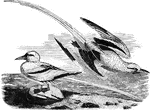
Tropicbird
Notable for its lengthy tail-feathers, the tropic bird inhabits the tropical regions of the Atlantic…
